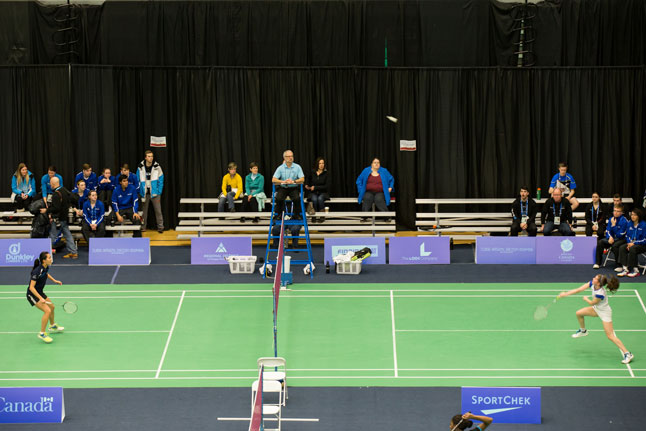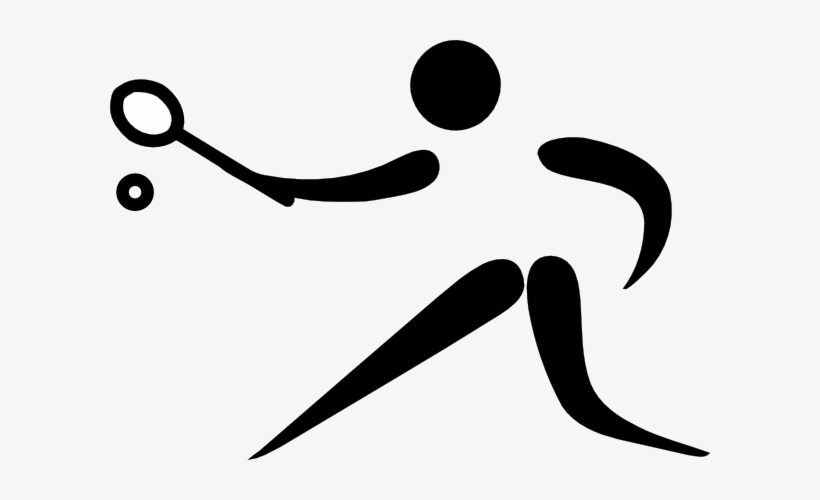What Are The 4 Serves In Badminton?
Serving is probably an essential part of the game since it is the one-shot that must be included in every rally (Walden, 2021). You have as much time as you need to prepare, so there is no excuse for not doing it well. Because the serve marks the beginning of each rally and determines its flow, it is an essential component of the game to master in badminton (Starting Right – How Crucial Is the Serve, n.d.). Below we discuss the 4 serves in badminton.
- Low Serve

This low serve is virtually a soft touch over the net with the shuttle, intending to fly just over the net but land just short of his service court’s front line. It would be best if you were not too high or predictable, or you can make a complete smash or net kill for your opponent.
2. High Serve

The high serve is a robust upward hit with the shuttle that tries to go a long distance upwards and land deep towards the back end of the court. Although it is a powerful serve and a popular choice for beginners, it is difficult to hide, primarily if you use a forehand grip. Your opponent will have previously predicted that the shuttlecock would land at the rear of the court. Remember that shuttlecocks must fall within the respective service zones, which differ between singles and doubles.
3. Flick Serve

This flip serve is played upwards as well, although at a considerably lower altitude. The flick serves most commonly executed by players using their backhand, and the trajectory is more downward since this grip has less force. The main idea of the backhand flick serve is to deceive the opponent by changing your serves and making it appear as though you’re executing a low serve. As a result, serving with your backhand is highly popular among competitive players. It is difficult for your opponent to predict whether you will execute a flick or a low serve since your stroke will appear identical until the point of contact.
4. Drive Serve

This is an aggressive serve that elite badminton players use. The goal is to hit the shuttle directly towards your opponent, limiting their return choices and catching them off guard, allowing you to score efficiently. It’s a refreshing change of pace, but it’s also hazardous since your opponent may smash the shuttlecock back at you if he’s prepared. This service is made with your forehand using an underarm motion and a follow-through. The shuttle should be dropped sideways rather than directly in front of your body, and it should be struck flatter.









